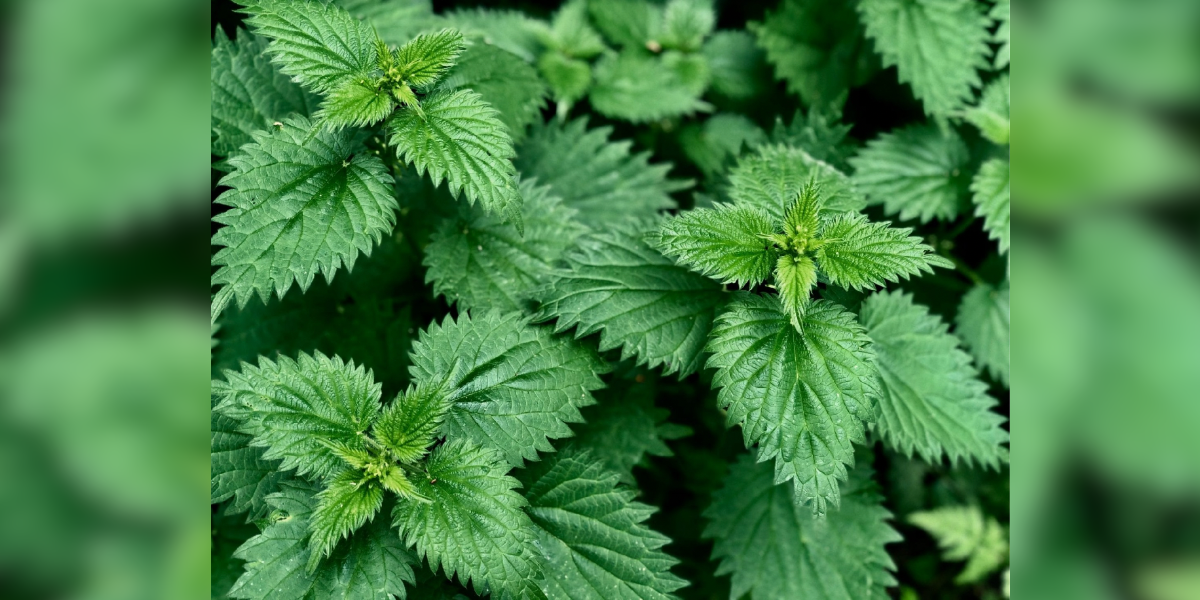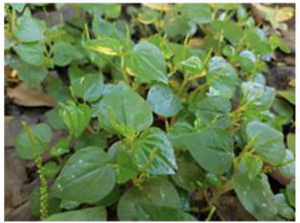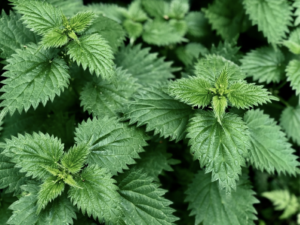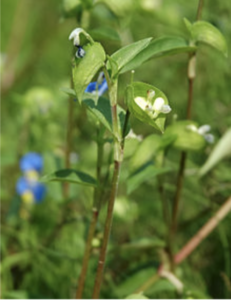There is no plant that does not offer something of value. Shruti Tharayil conducts workshops on wild plants in the Western Ghats, teaching people about edible and medicinal plants often found in their own gardens.
Published Oct 03, 2024 | 8:00 AM ⚊ Updated Oct 03, 2024 | 8:00 AM

Edible weeds and their health benefits
If you live not in an apartment block, but in a house with some garden space, consider yourself lucky – because you could let your patch run wild, and thus cultivate a range of weeds with health benefits with no effort or expense at all.
These days, there is help at hand to learn more about the wild plants that are good to use as either medicine or food – Shruti Tharayil has studied many of the plants that grow in the Western Ghats, and offers little workshops to help people discover the treasures that lie hidden in plain sight in their garden patches.
On Sunday, 29 September, a small group of four people gathered under the leadership of Shruti Tharayil to find what they could in the Thekinkadu Maidanam in the heart of Thrissur, Kerala.
There is one variety of plant – commonly called a ‘weed’, but that is a term of abuse to plants and must be used cautiously – with a translucent stem and heart-shaped leaves. In the days when little children carried slates to school, these leaves would be used to wipe out what was written on the slates. That is why, in Malayalam, these plants are called Mashitandu – ink stem. These are plants that can be plucked off the ground, washed and eaten raw. They serve well in salads, and could be cooked too.
The scientific name of this plant is peperomia pellucida –it tastes like freshness, and some people say that is the taste of pepper. Apparently that is what gives the plant its name. It is laden with medicinal properties, and is used to relieve pain, and also as a broad-spectrum antibiotic, since it works against fungi and bacteria. It is used to reduce uric acid, and can alleviate arthritis and gout. People with asthma, however, are advised to refrain from using this plant as it may trigger asthma.

Peperomia pellucida
One solid argument against the use of weedicides is the food value of many of the plants that are labeled weeds – when agriculture is mostly mono-cropping, and vast areas are dedicated to the cultivation of just one crop, other plants are discouraged from growing. However, there is good nutrition offered by a range of plants, and a farmer more sensitive to diversity in his soil will reap the rewards of a range of greens that he has not consciously cultivated that offer him a range of health benefits.
The stinging nettle, for instance, is considered quite a pest of a plant – if your fingers touch it, you will feel the itch from the sting. Even so, tender leaves of the plant are harvested and worked into soups; the leaves could even be cooked – cooking removes the sting. It is said of this plant that it would not survive in the wild if it were not for its sting, for it is packed full with nutrients.

Stinging nettle
This plant is known to increase urine output when ingested, and is used in the treatment of urinary tract infection. It calms itching from insect bites, and is also a component of cancer treatment. It is known to contain the spike in insulin, and useful to include in the diet of diabetics. Traditional healers use it as a blood purifier, and it is known to stem both internal and external bleeding. This plant is found commonly in the Western Ghats, though it is considered a harmful weed since it causes an itch when touched, and households don’t often allow it to grow in peace.
The story goes that the Buddhist monk Milarepa was asked by travelling men who visited him in his cave for some food – all he had to offer them were nettles. When the men asked for flour, the wise monk instructed them to use the nettles as flour; when they sought meat, he said the nettles would serve as meat; when they wanted salt, the monk told them the nettles were salt too – the monk himself had lived long on a diet of only nettles.
Commelina communis, or the Asian dayflower, is considered an invasive weed – it has a small blue flower, and the leaves grow like a creeper on the ground. It is known to absorb huge quantities of minerals, and depending on the soil in which it grows, could have high concentrations of copper, zinc, lead or cadmium. It has long been used in traditional Chinese medicine to cure tonsillitis or sore throats. The blue flower was used traditionally to extract dye.

Commelina communis
Aerva lanata or Cheroola in Malayalam is a plant known to be helpful in dissolving kidney stones. The plant is identified by its small white flowers – this plant too has a long history of use in traditional medicine. Apart from its use for the treatment of kidney stone, it is also used to treat asthma and diabetes. It has high anti-oxidant potential and anti-cancer properties.
There is no plant that does not offer something of value – as the knowledge of the value of these plants diminishes, we risk losing important sources of nutrition that are cheap and easily available. Spaces of human habitation are being wiped clean of other species, and our awareness of the benefits these bring to human and plant health is dimming. It is in times like these, that foraging trips, like the ones offered by Shruti Tharayil in different cities, could whet our appetite for these forgotten greens.
(Edited by Ananya Rao)
